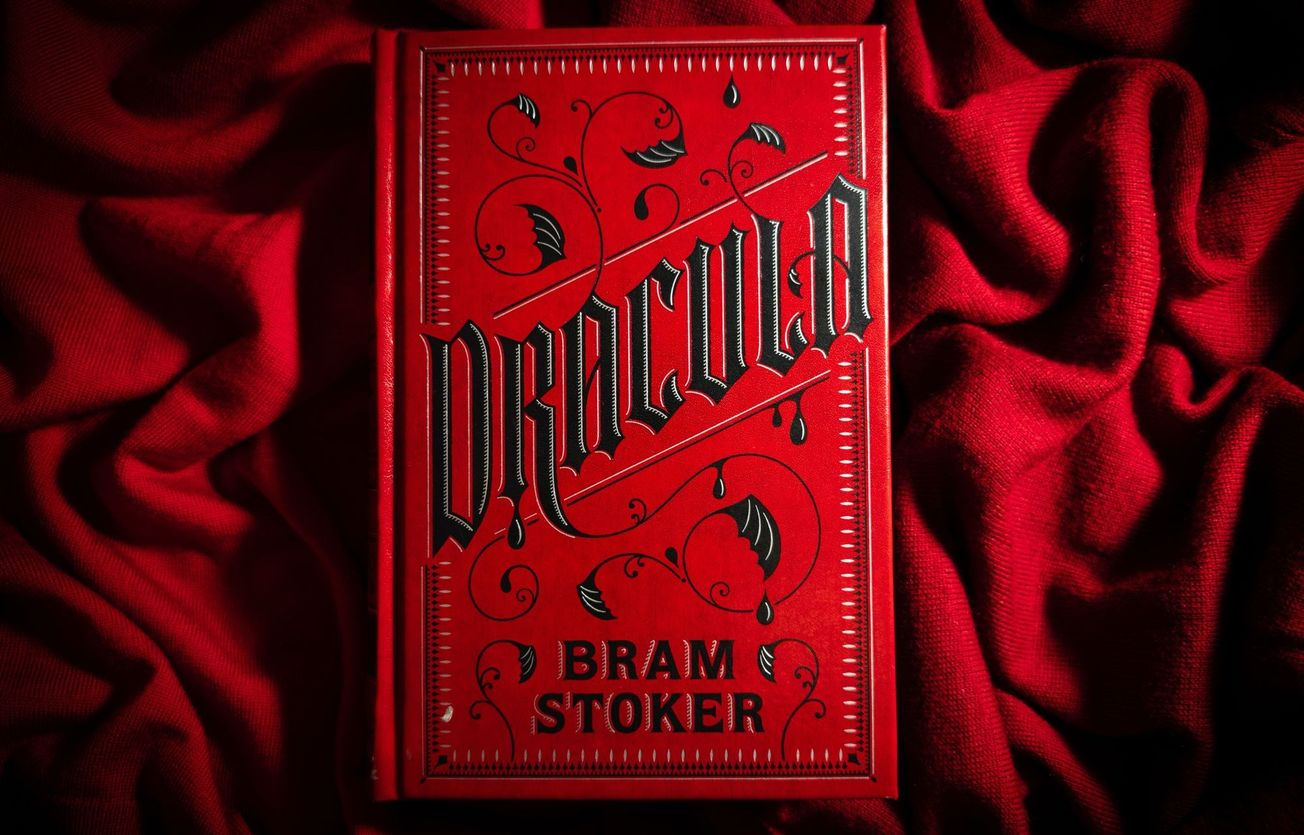By Avalon Vowles, Third Year, Theatre
For decades, horror has been a quintessential genre. Through literature, art, film, and music, horror intends to draw from our anxieties, and it has universally kept us peeking from behind cushions and strategically cuddling up to a crush in the cinema for generations. But why do we fundamentally enjoy and return to something that is designed to scare us?
From horror’s deep roots in ancient folklore, with scary stories being told around the campfires of bygones past, to the popularisation of the 18th-century gothic novel, as a genre, horror has captured the weird and eerie elements of our world and has remained a document of societies’ fears throughout time. Popular for its hair-raising and adrenaline-pumping implements, it gives us gratifying access to one of our less favourable emotions – fear. Horror constructs a safety blanket for us to satisfy our interest in the underside of the iceberg of the human psyche without any genuine threat; because fear is only pleasurable when you’re not in any actual danger. As humans, we are always trying to stimulate our senses and challenge our tolerance of the uncomfortable. After experiencing something frightening, our augmented heart rate and blood pressure lingers, and coupled with the sense of relief, we wish to feel that catharsis again.
We also seek out horror to experience and observe unfamiliar circumstances that we would never normally encounter. There is a sense of accomplishment that comes with seeing the credits roll for The Blair Witch Project or turning the final page of The Shining. Spotting the multifaceted terrors in the works of Hieronymus Bosch reaps some sense of personal achievement, as though it might make us additionally worldly or valiant.
Since the severity of horror differs throughout its many subgenres, we can readily consume and create up to the fear threshold that suits us individually. Certain people may sooner incline towards body horror to heighten their volume of adrenaline, whereas others may revel in the complexity of psychological horror. This personalised preference is reflected in the types of horror media we absorb and produce as a society, considering that we tend to interact with the mediums and genres that objectively contemplate and punctuate our own anxieties.
Across time, attitudes surrounding horror have differed, as there is an ever-adapting need and purpose for it. Audiences have used horror to validate, express, and retreat from personal and social unrest: historically there have been booms of creativity in periods of cultural disruption. Between 1900 and 1940, when pre-20th century folklore and gothic horror was transformed by the medium of screen, the films were far less extreme than the horror films we see today. Many adapted stories, such as Dracula and Frankenstein, were based in the realm of the supernatural and encouraged a form of escapism that distracted audiences from the major conflicts happening at the time, such as the Great Depression or World War I. From the surge of violent horror due to the rise in crime in the seventies, to present-day horror that tackles social injustice and technological discrepancies, post-war horror shifted more into the field of realism, as reality became what society had started to question.
Horror is a genre that is and will always be evolving and accommodating to the fears of the artist and the consumer. By addressing topical and systemic problems, we enjoy horror literally and metaphorically. It evokes instinctual emotions and reactions which are established in our evolutionary psychology, but it also grapples more abstractly with global unease, helping us confront our daunting world. The reasons we find it appealing will change with us, just as society will do.
Is your fascination with the horrifying the same thing as your fear?









